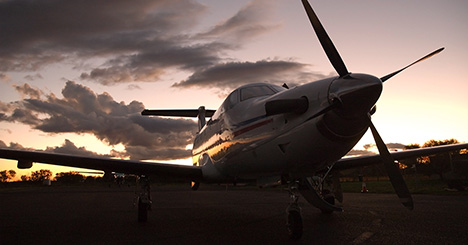
March 6, 2017
Engine reliability, flight crew training, onboard equipment requirements and flight planning will be essential ingredients for single-engine turbine (SET) aircraft operators who want to take advantage of EASA’s newly published commercial air transport (CAT) operations for night or instrument meteorological condition (IMC).
The new rule recently became effective, and Acceptable Means of Compliance and Guidance Material is now available. EASA will also conduct an informational workshop in July. View the Acceptable Means of Compliance and Guidance Material.
”I think there’s a huge potential for development,“ said Hervé Julienne, air operations standardization team leader for the agency. ”It opens up the possibility of new types of operations,“ such as low-density routes that are not viable for twin-engine airplanes, to smaller airports that lack modern infrastructure and for overnight cargo delivery to remote regions.
”Having a lower-cost option is likely to attract and introduce new people to the market,“ said European Business Aviation Association President Brian Humphries. ”One of our themes is ‘freedom to choose,’ and we want people to have as wide a range of options as they can for using business aviation.
”The key is to make sure these aircraft are operated in a highly professional manner,“ he added. ”The safety case is predicted on proper training and flight planning.“
To be granted CAT SET-IMC approval by an EASA member state, the operator must document the airframe-engine combination in service by the world fleet, and follow maintenance procedures that include engine trend monitoring. Required onboard equipment includes airborne weather-detecting equipment, two independently powered attitude indicators and an emergency electrical supply.
Flight crew training and checking must cover ”practice of the forced landing procedure until touchdown in simulated IMC, with zero thrust set, and operating with simulated emergency electrical power.“ Flight planning must address ”procedures to ensure that the routes and cruising altitudes are selected so as to have a landing site within gliding range.“
The impetus for the single-engine CAT operations started 17 years ago during the reign of EASA’s predecessor, the Joint Aviation Authorities, but failed to muster enough votes from members. In 2007, EASA commissioned a working group study, whose focus was on risk mitigation measures around engine failure and forced landing.
European Commission Regulation 2017/363 was finally agreed upon in June 2016. View the regulation.


 International Business Aviation Council Ltd.
International Business Aviation Council Ltd.